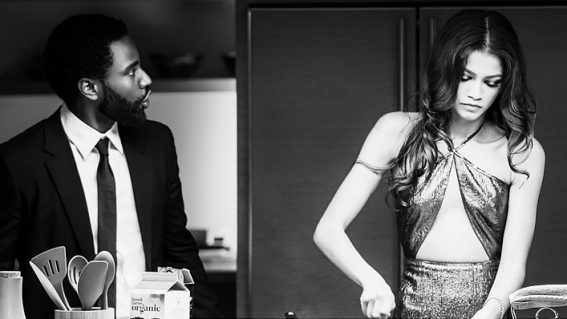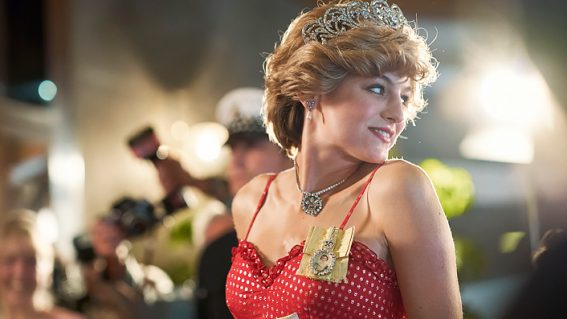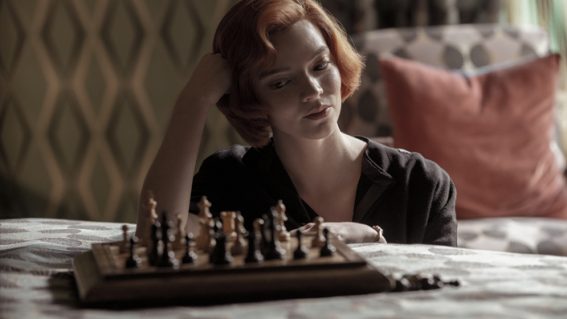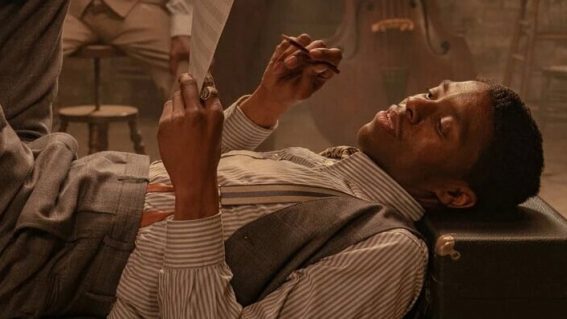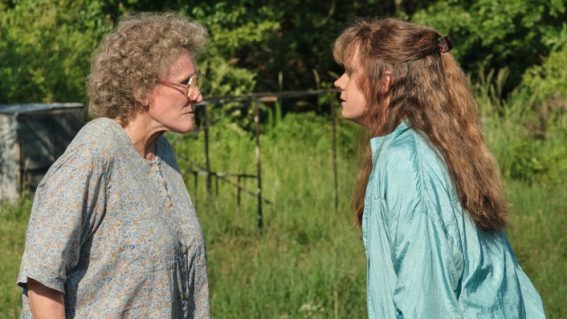Glenn Close is excellent in the otherwise unexceptional Hillbilly Elegy
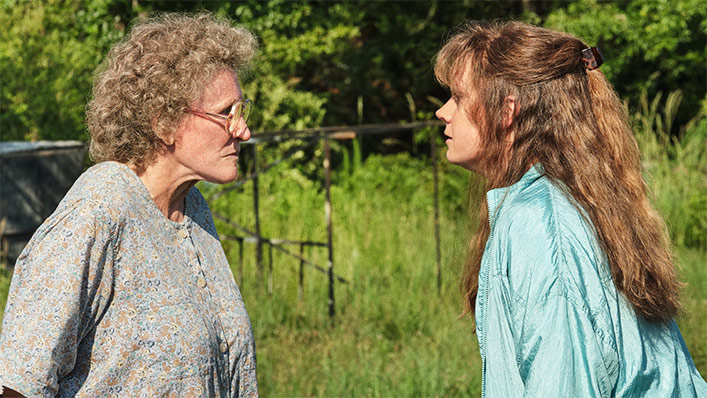
Glenn Close and Amy Adams bung on some scabs in Hillbilly Elegy, a toothless Netflix drama that lacks an edge and a heartbeat, writes critic Luke Buckmaster.
In the recent TV adaptation of Brave New World, citizens of a highly advanced future society visit an amusement park called The Savage Lands—where they ogle at the kind of people commonly called rednecks, observing with morbid fascination their primitive gun-totin ways. There is an inference that in the present era we do not need to break the space/time continuum in order to observe such a spectacle—a point also made in Hillbilly Elegy, Ron Howard’s adaptation of a 2016 memoir written by a highly successful venture capitalist who reflects on his journey from rust-belt Ohio to Silicon Valley.
See also
* Best new movies & series on Netflix
* All new streaming movies & series
He is J.D. Vance, who, played by Gabriel Basso, is the protagonist of the film. You won’t however observe this clean-cut looking guy on the key art, and he is very much sidelined in the trailer. Putting Basso front and centre would mean detracting from the marketing materials’ presentation of a freakshow-like premise, involving pedigree actors such as Amy Adams and Glenn Close jumping into cheap clothes and bunging on some scabs to look a bit feral—because hey presto: there’s your hillbilly. Has Howard delivered a corndog of redneck-ploitation?
Well, no. For starters any word ending in “ploitation” implies qualities this very middle-of-the-road drama doesn’t have—suggesting something outré, or off putting, or out of line, or scandalous, or conscienceless, or contestable. Hillbilly Elegy is not that kind of film and Howard is not that kind of director; he doesn’t want to ruffle any feathers, although he clearly intends to have his cake and eat it too.
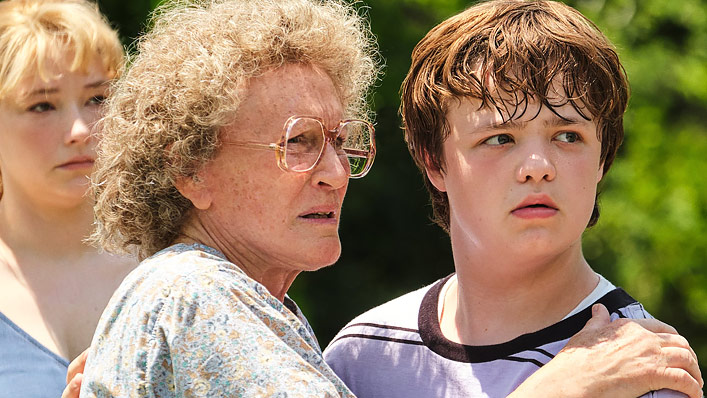
Oh, and before we continue: the “r” word isn’t a very nice turn of phrase, thankyouverymuch. This point is made during a fancy dinner in which J.D., now at Yale Law School, scolds a man for calling his kith and kin rednecks. “We don’t really use that term,” he says, before bleating that his mother Bev (Amy Adams) is “the smartest person I’ve ever met, probably smarter than any person in this room.” Her intellect notwithstanding, momma has gone bad and is in hospital because she’s using again—prompting J.D. to come home and help sort things out.
It doesn’t take long before we get the point of the drama, which is that none of us can escape our roots. Or—to quote the protagonist of Cloudy with a Chance of Meatballs, delivering one of the great lines of 21st century cinema—“you can’t run away from your own feet.” Formative years are what maketh the man, to bastardize that old Jesuit saying. J.D.’s youth remains a focus throughout, returned to in long and bizarrely over-lit flashback scenes (why do these moments of formative melancholy look so warm and summery?!).
The film begins with a young J.D. (Owen Asztalos) riding a bicycle down the woods-flanked dirt road neighbourhood “where my people come from.” There are pick-up trucks and bulldozers and porches and rocking chairs a-plenty. There is also, most strikingly, Glenn Close as a grumpy hag, J.D.’s grandmother Mamaw, with her crinkly face and pinched lips and blotchy skin and oversized glasses and lemon-sucking demeanor. Amy Adams still looks like a beautiful woman with a bit of gunk thrown on (because hey presto: there’s your hillbilly) but Close resembles the real deal; her makeup and costuming are so good her performance booms even when she’s not speaking.
When Close does speak the performance of course gets better. “Family is the only thing that means a goddamn!” the crotchety granny blurts, looking and sounding like she don’t give a goddamn; like she was made for this role. Despite the obvious hillbilly-isms, Close’s performance feels uncannily genuine and lived-in. Sadly her role in the story is pretty small—too small for this sort of obscene excellence. Woody Allen re-cut Annie Hall to focus more heavily on Diane Keaton’s performance. Why didn’t Howard do the same for Close?
Possibly because he was too busy dishing out those prolonged and confusingly integrated flashbacks, which destabilize the very essence of the picture, making it feel like an experience that has no centre; no foundation. The story is not really about the past, despite all that nostalgic yearning. And yet it is not really about the present either, framed with voice-over narration full of vague reminisces and cloying sentiment (expect turns of phrase such as “the road from here to there is rocky; there’s nowhere around but through”).
The film’s toothless, milquetoast nature brings out the sadist: you kind of want it to be exploitative; you kind of want it to be off putting—or out of line, or scandalous, or conscienceless, or contestable. Something to give it an edge and a heartbeat. To borrow a phrase they use down south: Howard’s cornbread ain’t done in the middle.


